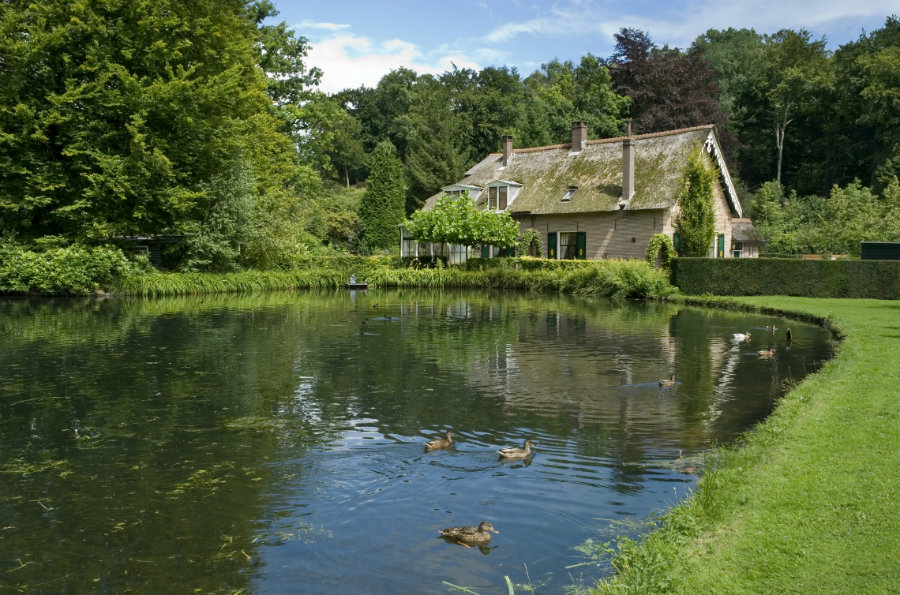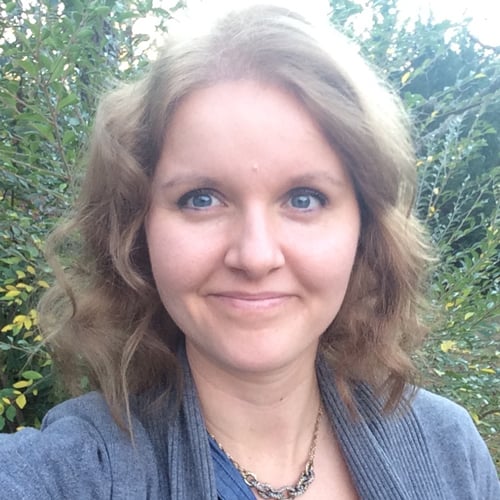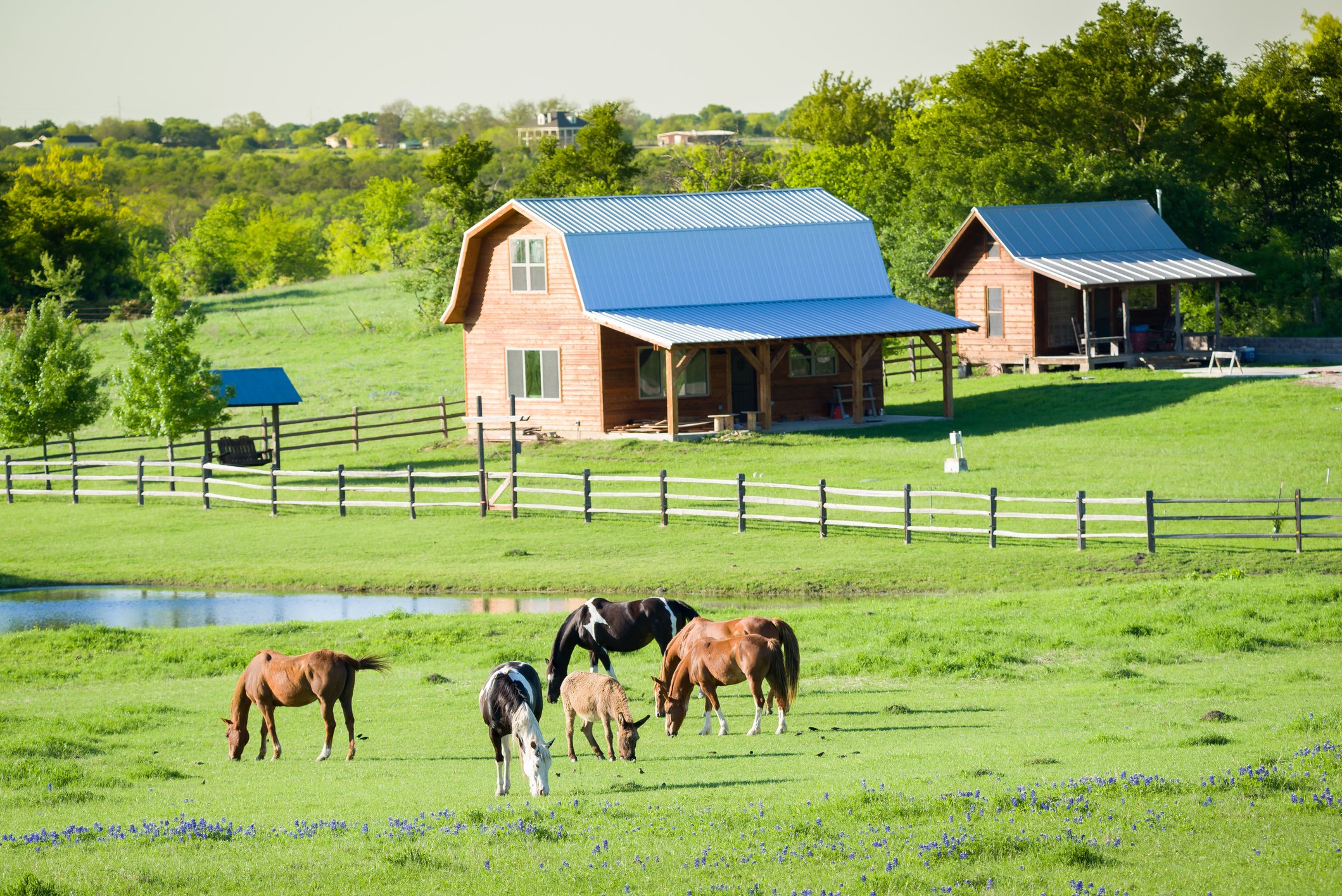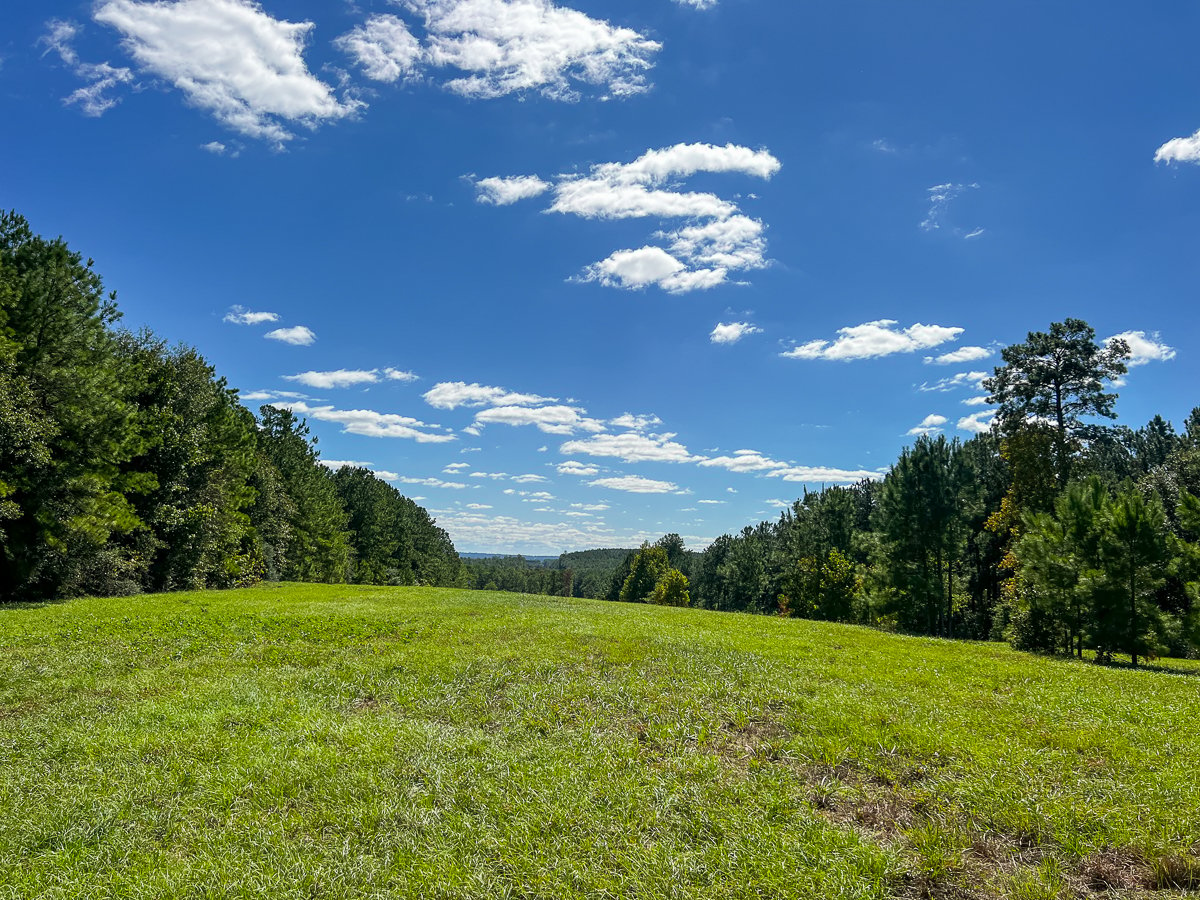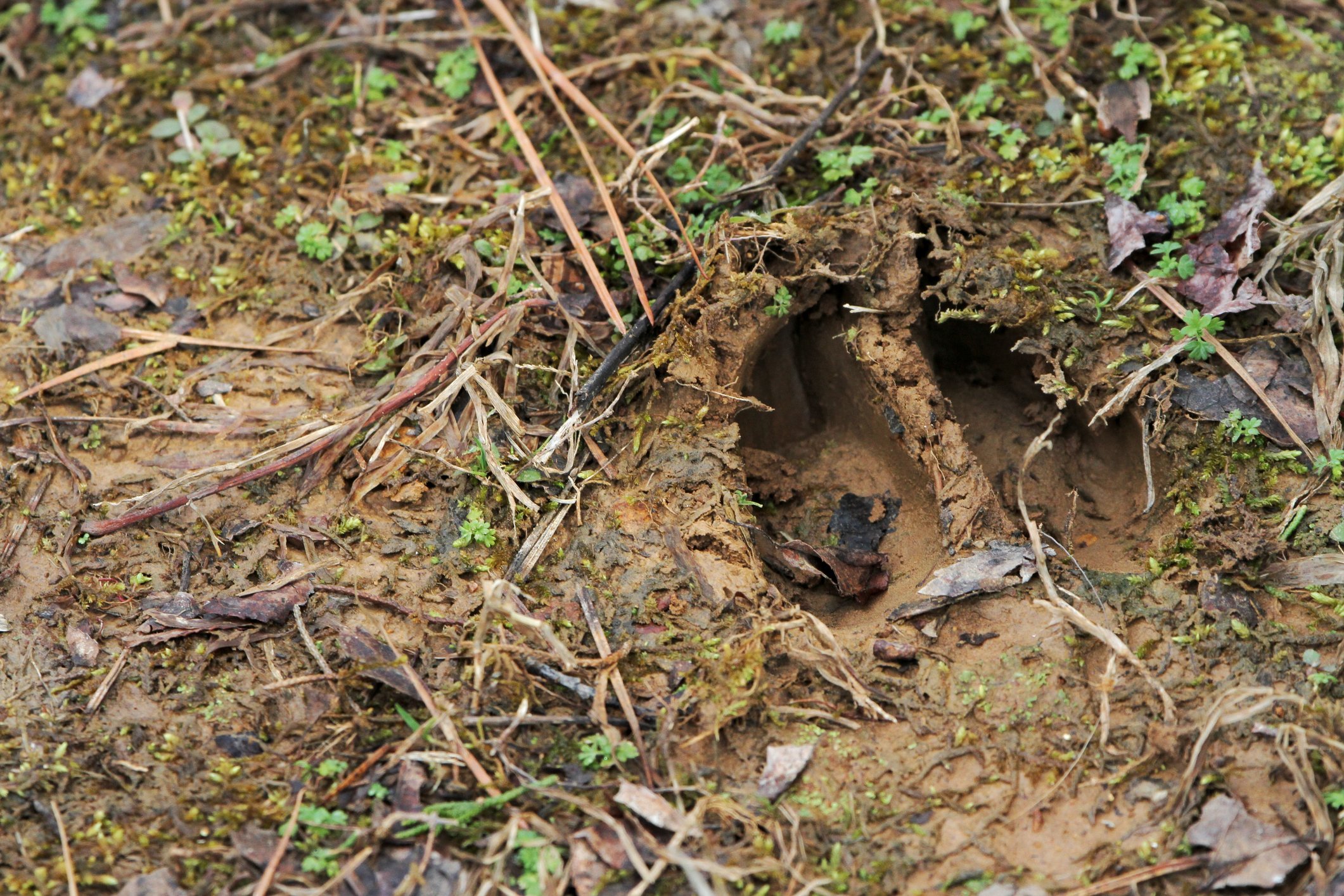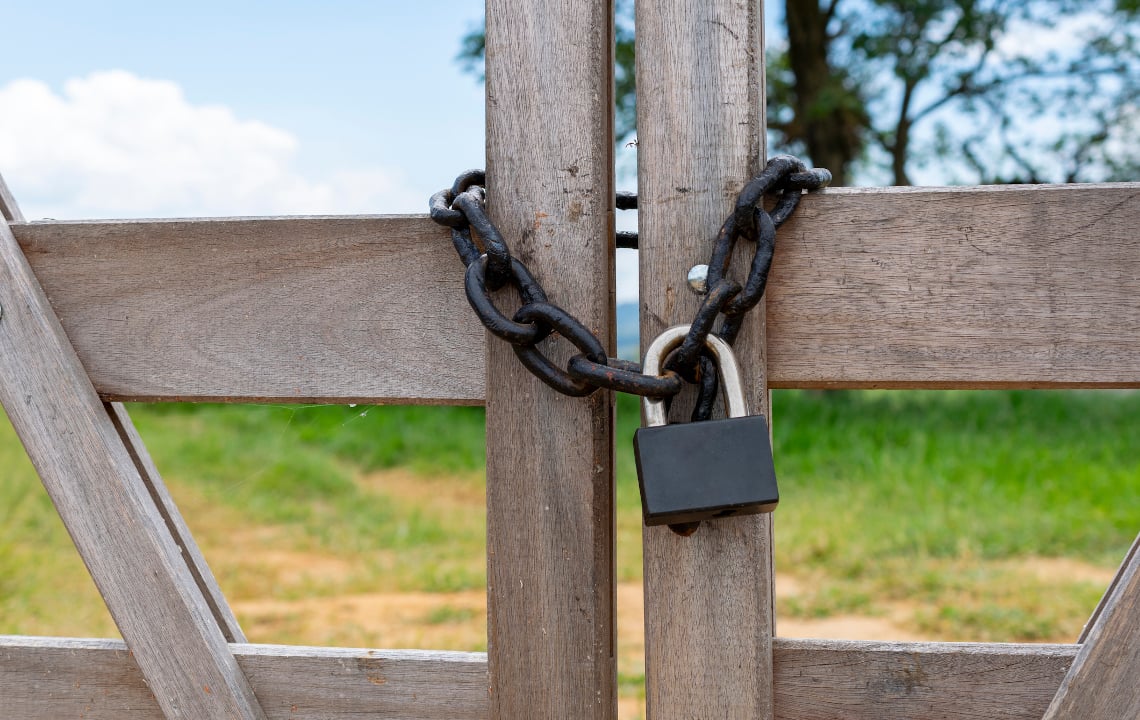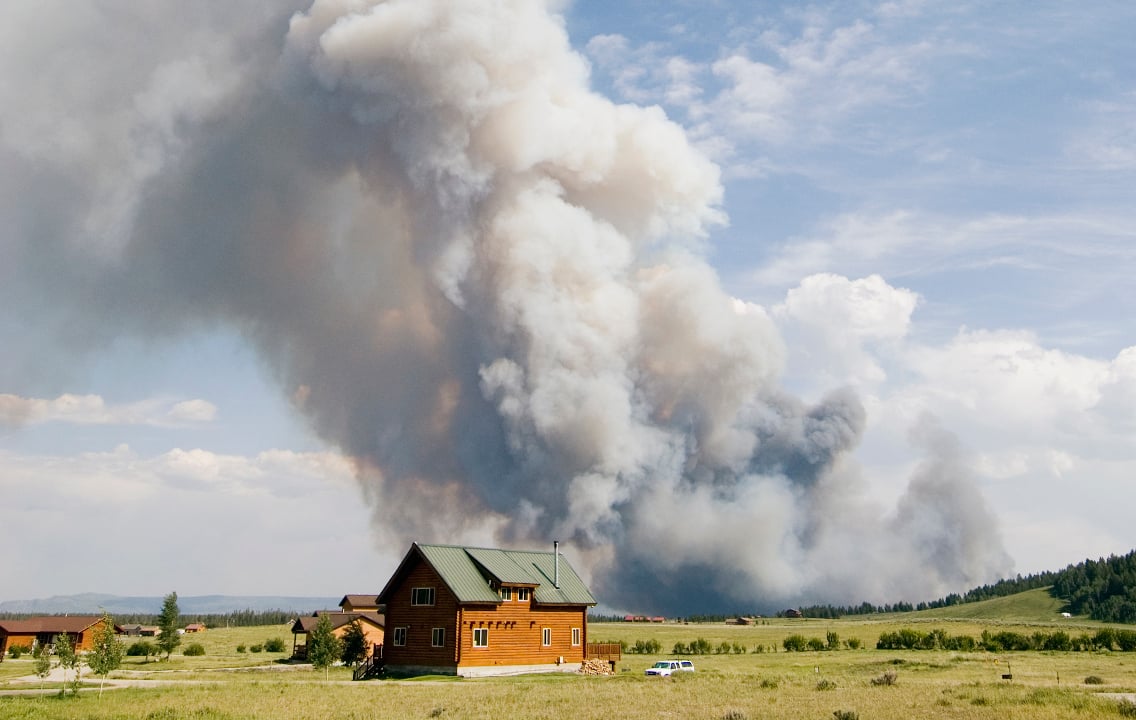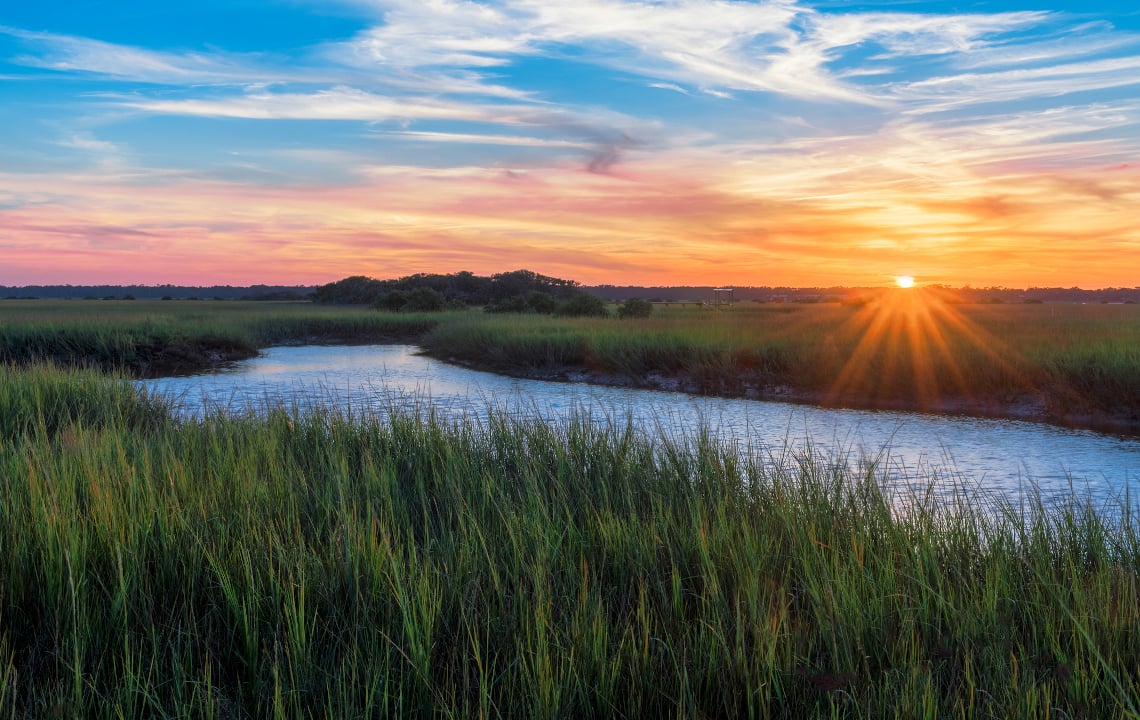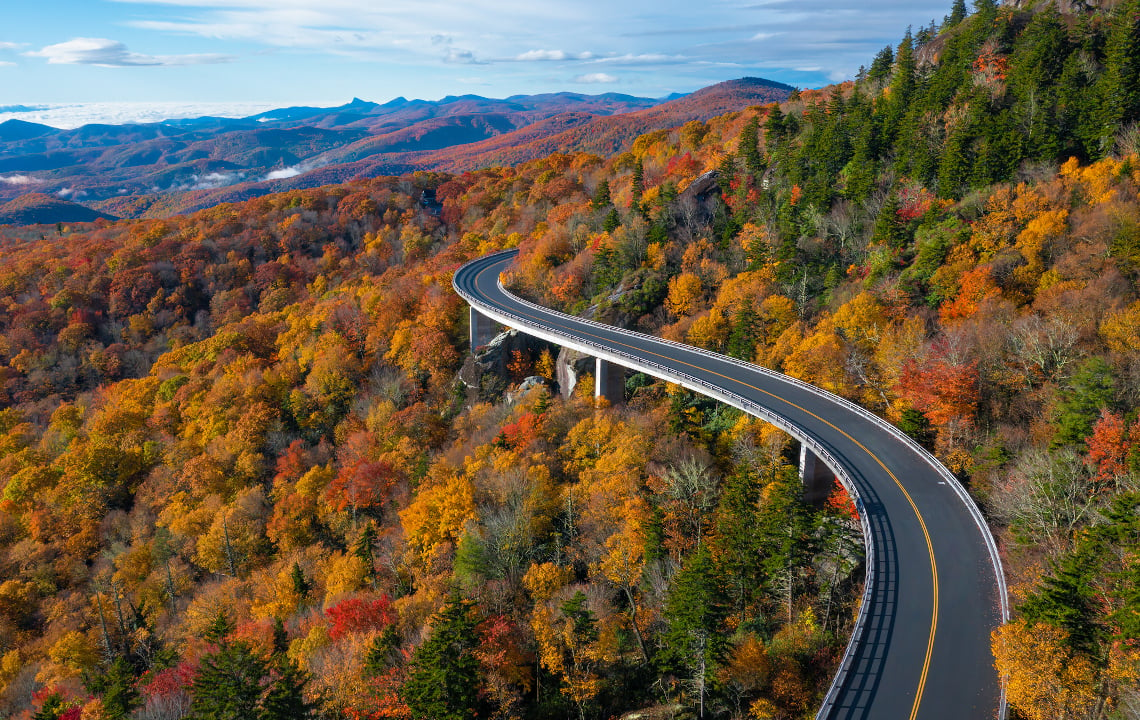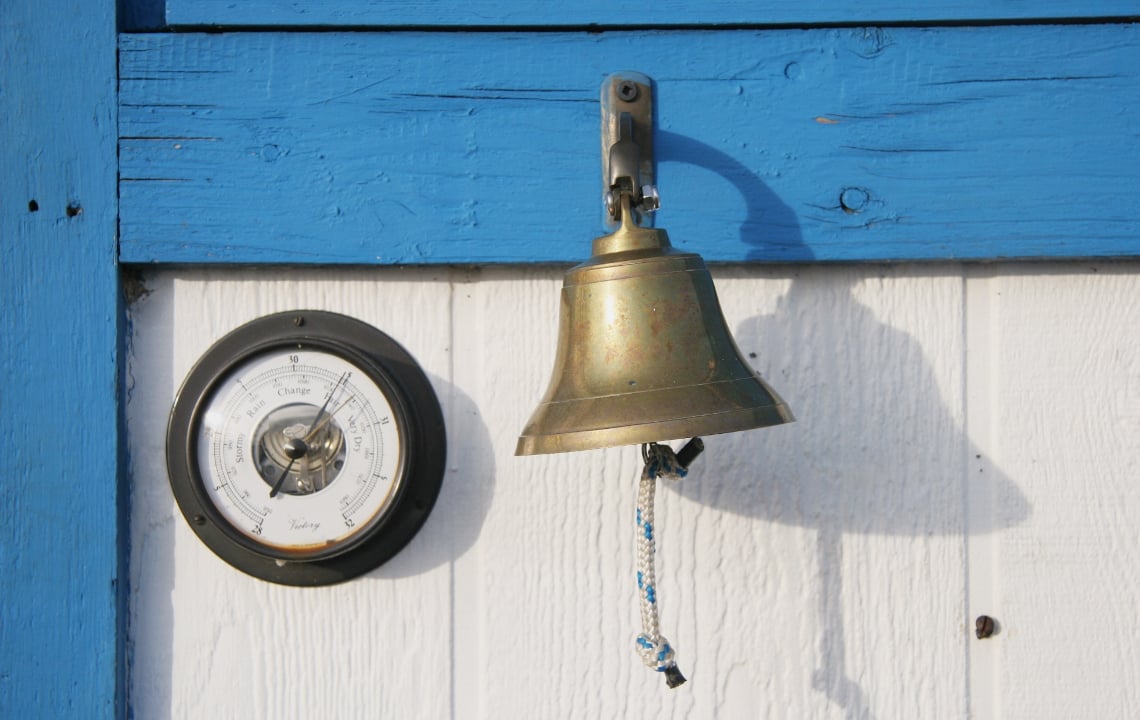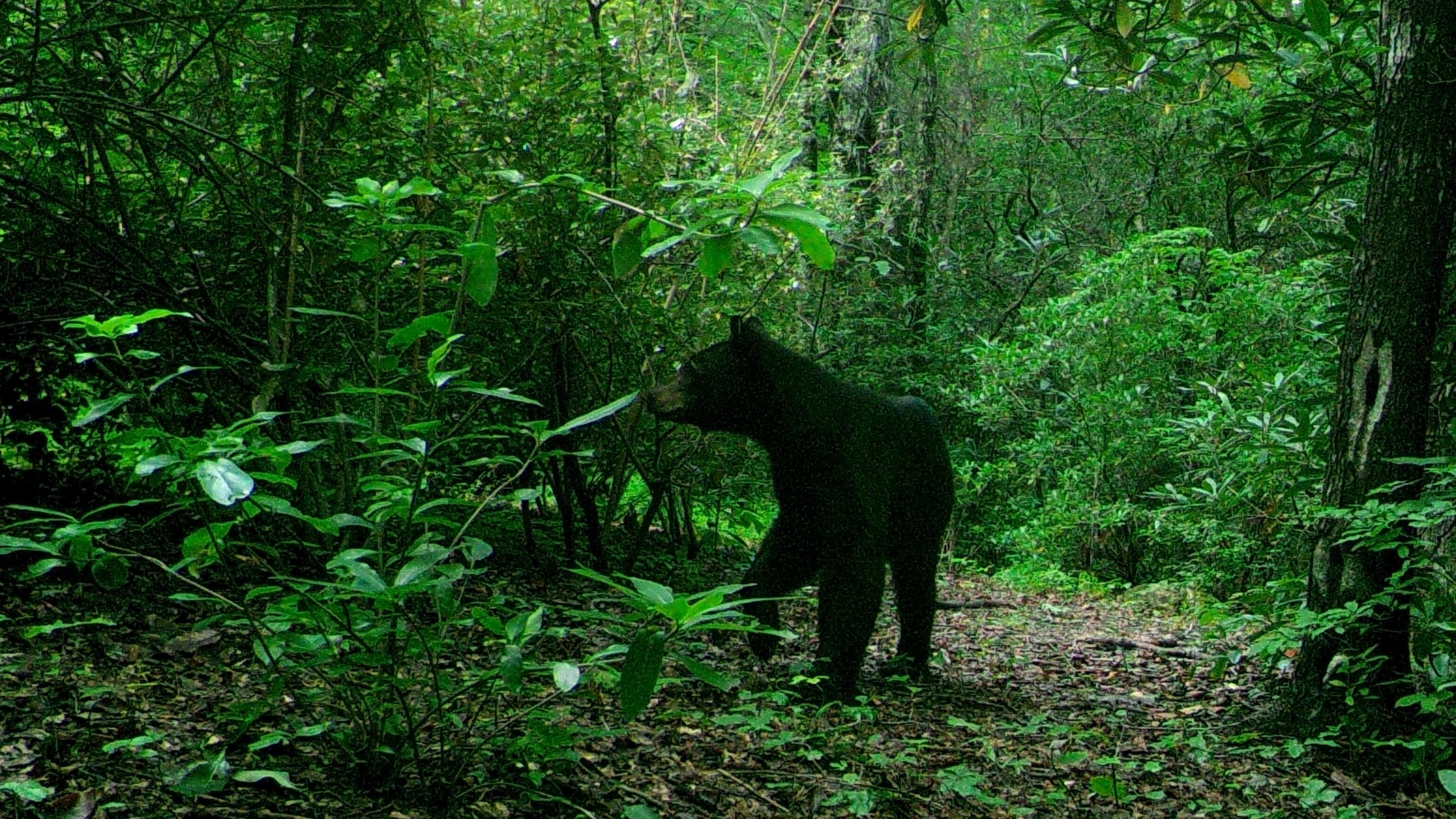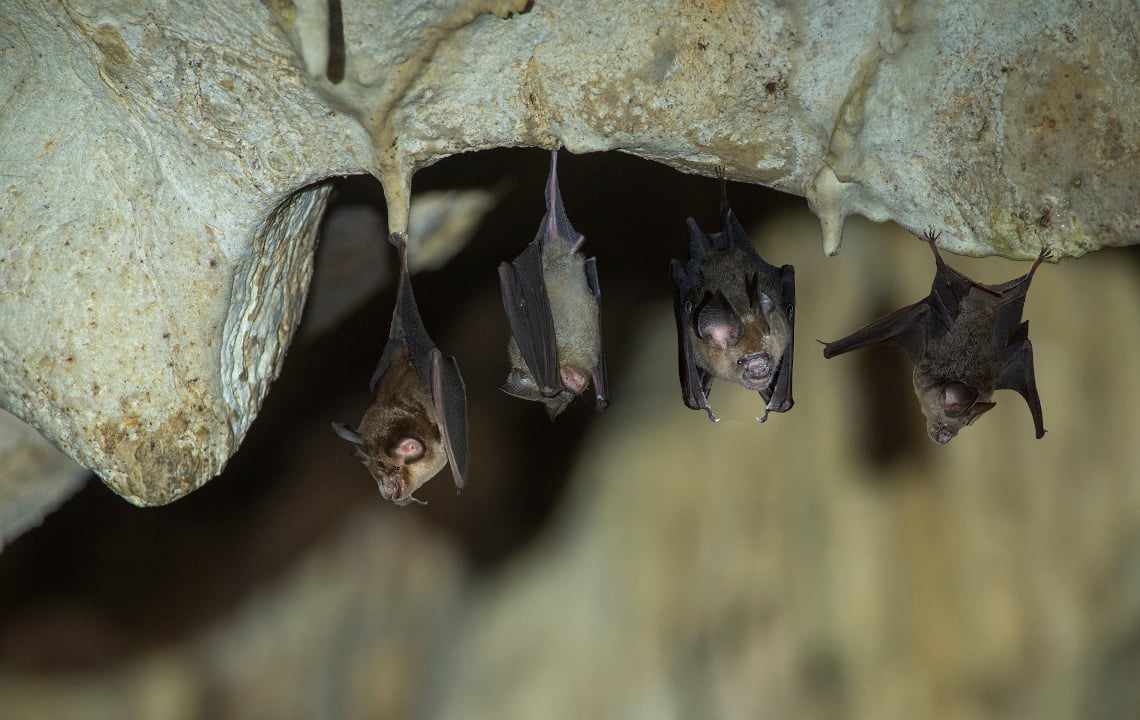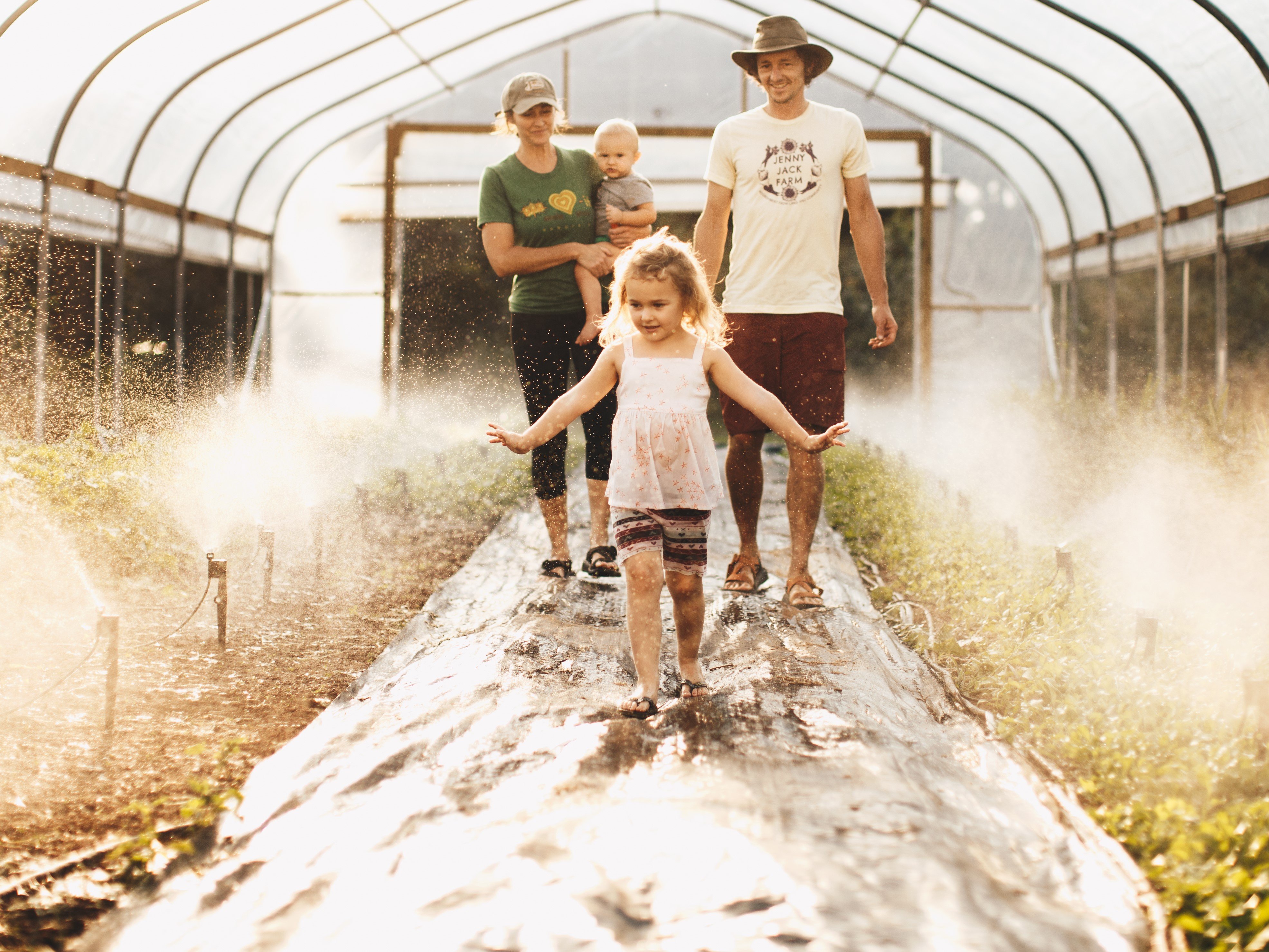We interview a permaculture design expert about installing a water feature while avoiding common pitfalls and mistakes.
After years of dreaming, saving and endless searching you’ve found your near-perfect rural property.
It has just the right amount of acreage, a gorgeous home site, unbeatable views and is the ideal distance to and from civilization.
Yes, your dream property is perfect…except for one small thing.
It’s missing a water feature.
Specifically, it’s missing a pond.
A pond offers numerous benefits for landowners, from providing water for livestock, to entertainment for the kids and promoting eco-diversity within the landscape.
But, despite its aesthetic and functional joys there are a lot of factors to consider before installing any size pond.
-
Is your land and soil actually suited for a pond?
-
How much will it cost to build?
-
Can you do it yourself?
-
Whom do you need to contact to install the pond? (Hint: it’s not usually just a guy with a digger.)
-
Are short-term costs worthy of the long-term gain?
In today’s post, Spiral Ridge Permaculture's Cliff Davis, a southeastern permaculture design expert, consultant, lecturer, homesteader and “applied farming ecologist,” will guide you through everything you need to know about installing a pond on your near-perfect piece of land.
The Significance and Far-Reaching Benefits of Ponds
Permaculture design has become infamous in drought-ridden regions, such as Australia and the Middle East, for restoring barren landscapes to fertile oases through specific systems of water capturing, planting and other land design and animal management principles.
Cliff describes his role in permaculture design as, “Designing regenerative human settlements that mimic nature and the intelligence behind ecosystems. As a permaculture designer, I use the land’s ecology and eco-intelligence to design more effective and resilient farm systems.”
Here’s how it relates to building a beautiful, fertile, functional pond.
“When most people think of a pond’s purpose, they think of them for fishing, irrigation, or watering livestock—which is their primary function in the southeast.”
But, according to Cliff, a permaculture-designed pond, or system of ponds, can offer so much more to both the land and its inhabitants.
“Properly designed and positioned ponds create microclimates within a property. They help humidify the landscape—water holds a lot of heat, so if you can have a pond ecosystem near your orchards or your house you can stabilize more of the environment around those areas and even prevent frost and delay flowering in spring.”
Cliff also explains that besides creating remarkable microclimates, ponds help create biodiversity by recharging the ground water table and providing habitat for frogs and wildlife that help keep the ecosystem in check.
Ponds positioned on slopes (known as ridge dams) can also help sustain your land and livestock during times of drought (a memory fresh in the minds of Southern landowners everywhere).
“When you begin to view the significance of a pond from this perspective, it helps you start to think about how many functions you can get out of this thing you’re about to spend thousands of dollars on.”
Now that your mind is beginning to brim with possibilities, let’s take a look at Cliff’s step-by-step tips for successful pond integration.
Step 1: Decide what function(s) your pond will serve
Before you start dreaming about your pond’s location, landscaping or size, Cliff recommends asking yourself the big question: Why do I really want a pond, now and in the future?
“You don’t want to just build a pond, you want to build an eco-system. You can irrigate and water livestock from a pond, but you can also use it to create an aquaculture, raise geese, fish, mitigate drought and create microclimates. So there’s a lot to consider in the function of your pond.”
Take some time to carefully consider and research your big WHY before you start calling up contractors.
This will determine a number of crucial design aspects such as the pond’s ideal location, size, expert advice required and the type of aquaculture you want to create.
Step 2: Determine whether or not your land and soil are suited for a pond
Though a pond can be installed on nearly any type of land, your soil has to be compatible or the water won’t hold.
 Cliff refers to soil that holds water as “plastic soil."
Cliff refers to soil that holds water as “plastic soil."
In the Southeast most of us have clay, which is ideal for ponds, but if your property has sandy, rocky, or dispersive soil you may have to truck in clay such as bentonite clay, which gets expensive.
“At that point you have to do a cost-benefit analysis to see if it’s really worth it for the long-run, because there are other water-capturing features you can consider.”
“Whether or not your land is suited for a pond also depends on what kind of usage you want out of it. If you want to gravity feed water with piping for irrigation using a ridge dam (a pond positioned mid to mid-high slope), then having gentle hills is a must.”
“The best landscape is where you can get the most uses.”
Step 3: Do your due diligence (and avoid the biggest mistake aspiring pond owners make)
As a permaculture design consultant, Cliff has been called in to assess and fix a lot of ponds-gone-wrong.
“I’ve seen a couple-acre pond built that didn’t hold water. If you can imagine that’s kind of like pumping a 500-foot well dry, and that’s a major problem in the design process.”
“What I typically tell people is due diligence is the best thing you can do in the beginning.”
Cliff references one of his permaculture design mentors, Darren Doherty, co-author of the much-anticipated “The Regrarians Handbook”, who explains there are 28 steps to building a pond - and during the first 14 you’re not even digging.
“Managing water on a landscape is one of the most important things we design for.”
Here are 4 key tips to ensure you've done your due diligence before you build a pond:
1. Do “dry-runs” with help from a professional
“Get a hold of the National Resources Conservation Service (NRSC) or your local extension office, find out who the geologist is and talk to them about your soil and the possibility of putting in a pond in your area. Do exploratory pits to see what the soil looks like. If it’s rocky, then most likely it’s not going to work so well because you can’t build a pond with dispersive soil.”
2. Consider rainfall AND watershed
Though rainfall is an important consideration, Cliff emphasizes you must also account for watershed when determining the best location for your pond.
Watershed is an area of land that feeds all the water running under it and draining off of it into a body of water on your land. In this case that body of water is your pond site.
“You have to do a study of the area and the watershed that is going to be filling up the pond. That’s very important, because I’ve seen ponds that don’t fill up because there’s not enough watershed to fill that size pond, so you have to size your pond accordingly.”
“And you have to build the spillways (for overflow) to be able to handle a lot of water coming out, like a 100 year flood, so it doesn’t spill over the back of the dam wall. Those have to be designed and built very well.”
3. Want a clean, clear and full pond? Beware of trees.
“The other thing I notice when ponds won’t hold water is they have a lot of the trees growing on the backside of the dam wall.”
“That’s not good, because the trees will either wick the water from the pond or can cause capillaries from the backside of the dam into the pond leading to multiple drainage issues. Then if the tree dies, the roots die, causing a piping network that can drain water.”
“If you want the pond to hold water and for that water to be clean, then it’s best not to have trees around the dam wall at all (no pun intended).”
4. Don’t forget to check on legalities
In most areas there are legal restrictions on how close your dam or pond can be built to an existing creek, stream, river, reservoir, etc. Ignore these to your peril because you could get sued.
Then there’s the what-if factor, “I don’t recommend building a big dam wall up above your house. If you have your house on a slope with the dam above it and the dam wall breaches it could completely destroy what’s beneath it. And you have to consider your neighbors too.”
You also need to research permits, review your insurance policy and determine whether or not your pond will be used for fire protection.
Step 4: Finding and hiring your pond building and design team
Though you may think you can just hire a machine operator to dig a hole (or dig it yourself), you may need to consult with contractors, designers, operators, geologists, insurance agents and even engineers before you break ground.
“First, find the portfolio of the contractor who’s going to build this thing. You’re paying someone $100-$150 an hour so you want to know exactly what they plan to do to your land and what they’ve done in the past.”
“Ask them questions like: Do you know what freeboard is on a pond (that’s the difference between the water level and the still weight on the dam wall)? Do they know about keying in a dam? How do they build the dams? I highly recommend studying and researching how dams are supposed to be built for yourself.”
“Sometimes the scale of the pond will demand different consultants or different people working on it. If your pond will be more than 2-3 acres you may have to hire hydrological engineers—and remember, engineers don’t cost you money - they save you money.”
If you’re interested in implementing permaculture design principles into your landscape, a regional design expert like Cliff can provide a wealth of knowledge and recommendations for your unique land.
Though there are DIY options for pond building, Cliff recommends getting help when you need it:
“Even though DIY is kind of my MO, I would say don’t be too cheap to hire the right people to help you. You’re making a major change to your landscape that you’re going to have to live with forever, plus ponds are very costly to fix if they’re not installed right in the first place.”
Bottom line, be your own advocate in researching the specifics of building your pond, but seriously consider seeking help from the experts when it comes to the physical task of building it.
Step 5: Introduce plants and wildlife carefully
“First of all, keep ducks off your pond at first (using fencing) because they’ll consume all the plant material that wants to grow in there.”
“As soon as the pond’s built you need to get some really good perennial grass, like fescue, on the backside of the dam wall. You want to get that covered and mulched right away to help stop any erosion of the wall.”
“You can start planting aquatics on the edges. Contact your fish and wildlife department for help determining stocking rates, and I highly recommend talking to your local extension agent for advice and options.”
Cliff also warns against letting cattle or other livestock walk directly into your pond at any stage in its life, as this destroys the aquatic life and introduces bacteria and parasites that disrupt and pollute the pond’s eco-system.
Ponds within a sustainable water infrastructure
For farmers interested in using a pond or ponds to capture and utilize water sustainably, Cliff emphasizes it is important to view them as only one piece (albeit an important piece) of your water infrastructure.
“There are multiple ways to capture and recycle water, such as cisterns off of your barns that collect run-off, grazing your animals better and building topsoil faster so it can hold water in the system. So when you think of water don’t just think of ponds, think of using them within a tool belt of water infrastructure.”
As you can see, integrating a successful pond into your landscape involves a lot more than just digging a hole and figuring out how to fill it. It takes research, planning, strategic design, investment and team work.
But when built the right way for the right reasons, a pond can offer beauty, recreation and sustainable functionality to your perfect piece of land.
To learn more about Cliff and his permaculture courses and workshops, upcoming lectures, permaculture and pond design consulting, internships, and his farm visit: www.spiralridgepermaculture.com.
Further reading: To learn more about designing and building your ultimate pond, Cliff recommends: www.regrarians.org.
Are you looking for rural land to set up your dream homesite? Raydient Places + Properties features land for sale throughout the South from Florida to Texas at RaydientPlaces.com.




